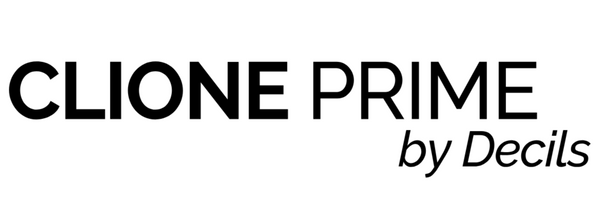Reference adhesives on Your Lash Glue daily applications!
It is crucial to choose the right glue for eyelash extensions, particularly considering the increasing demand for thick and full eyelashes. It is vital to have a thorough understanding of the distinctions between the various adhesive formulations to achieve the best possible outcomes, given the abundance of options that are currently available on the market. We will provide an overview of the various adhesive types commonly used in the beauty industry. These adhesives include those that contain cyanoacrylate, those that contain latex, and those that do not contain cyanoacrylate. You will be more equipped to make informed decisions and attain amazing lash enhancements if you allow yourself to educate yourself about these adhesives.
Types of eyelash adhesives
Latex-Based Adhesives
Two factors contributed to the rise in popularity of latex adhesives: affordability and availability. On the other hand, because of the possibility of allergic reactions, they have decreased in popularity over the past few years. Allergies to latex are relatively prevalent, and prolonged contact with adhesives made from latex can cause irritation, redness, and swelling around the eyes. To reduce the likelihood of experiencing bad reactions, a growing number of professionals and customers are opting for alternatives that do not include latex.
Cyanoacrylate-Based Adhesives
Adhesives based on cyanoacrylate typically apply eyelash extensions due to their superior bonding strength and endurance. These adhesives contain cyanoacrylate, which is a type of adhesive that dries quickly and creates a bond that is both strong and long-lasting between the natural lash and the extension. Cyanoacrylate adhesives are available in a wide range of formulas to meet the diverse requirements of customers. These formulations include alternatives that are quick-drying, low-fume, and sensitive. It is critical to perform patch tests to check for any allergic reactions before applying cyanoacrylate adhesives, even though these adhesives are normally safe for the vast majority of customers.
Latex-Free Adhesives
People who are allergic to or sensitive to latex have specifically developed adhesives that do not contain latex. Alternative components, in addition to ensuring a strong bond, comprise the adhesives in question, eliminating the possibility of allergic responses. Frequently selected due to their less harsh formulation, latex-free adhesives cater to a wide variety of customers. These products are available in a wide range of formulas, including alternatives that are allergic, sensitive, and long-lasting, which enables experts to respond to the specific requirements of their customers.
LASH ADHESIVE
Choosing the right adhesive
It is essential to choose the appropriate adhesive to achieve the best possible outcomes and ensure the customer.
Allergies and Sensitivities
Before beginning the application process, it is vital to learn about any known sensitivities or allergies that the customer may have to the product. Conduct patch tests to ascertain the glue's compatibility with the material and minimize the risk of experiencing adverse reactions.
Retention and Durability
Give some thought to the length of time you want the eyelash extensions to remain in place, and select an adhesive that has the proper amount of strength and longevity. To achieve results that will last for a long time, you should look for adhesives that have high retention and durability.
Drying Time
The drying time of the adhesive can significantly influence the efficiency of the application process. We recommend choosing adhesives that dry rapidly to speed up the process and reduce waiting time between each lash extension installation.
Odors and fumes
During the application process, many adhesives may release strong scents or fumes, which can present an unpleasant experience for both the customer and the expert. Select adhesives with minimal odor formulations to enhance the comfort of the surrounding environment during the eyelash extension treatment.
Educating Yourself for Stunning Results
By becoming knowledgeable about the many types of eyelash adhesives available on the market, you may get outstanding lash enhancements. This will allow you to make judgments that are based on accurate information. Selecting the appropriate formulation is vital for ensuring a safe and successful experience with eyelash extensions, regardless of whether you choose an adhesive that is based on latex, cyanoacrylate, or another substance that does not include latex. It is important to make an informed decision and allow the eyes of your clientele to speak volumes about your knowledge and attention to detail.
LASH ADHESIVE
FAQ's
Can I remove eyelash extensions applied with adhesive at home?
For the purpose of preserving the natural lashes, it is advised to get expert help while removing eyelashes. Experts with the required knowledge and equipment may remove extensions securely and without risk to oneself.
How often should I replace my eyelash adhesive?
Replacement of eyelash adhesive is necessary to keep both safety and best performance. For best results, verify the packaging's expiration date and throw away any old or tampered adhesive.
